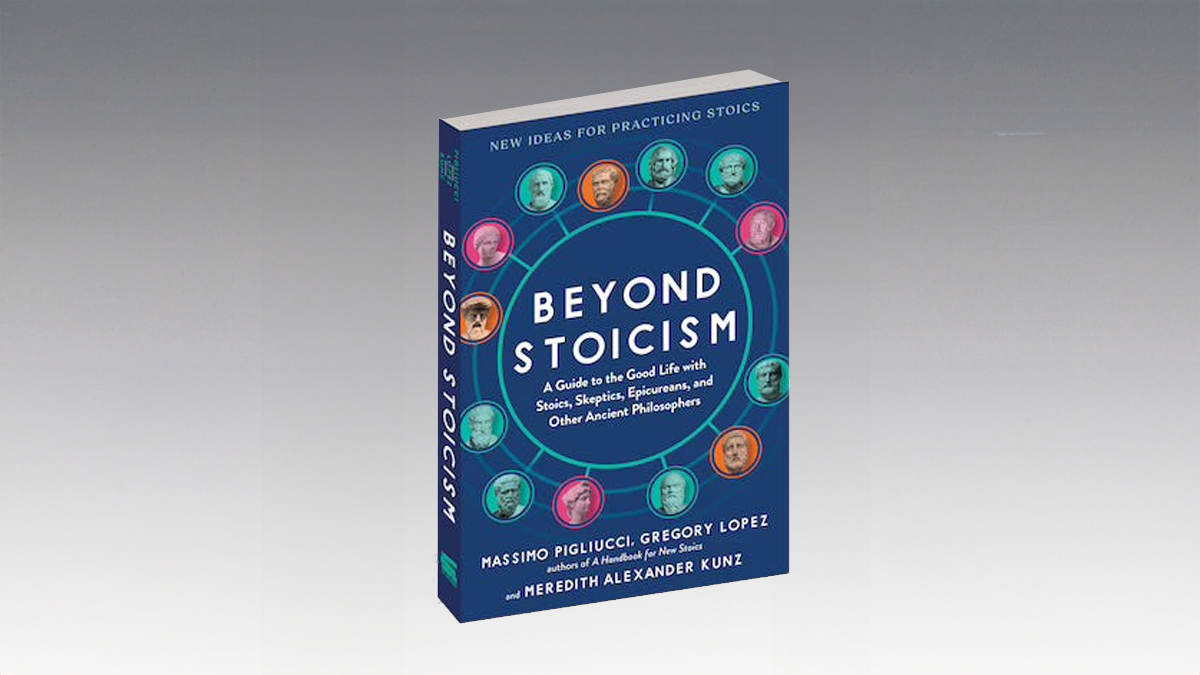Happiness requires more than extended periods of pleasure.
Topic: The duality of happiness.
Jonathan Haidt: I define happiness in two ways. The first is just a simple feeling of pleasure and joy. There’s a lot written about that. It’s fun. I like to be happy in that sense. But there is something sort of empty or cotton candy about that. Most of us, if given the choice of taking a pill that would do this for the rest of our lives, most of us shrink at that.
In writing “The Happiness Hypothesis”, the view that I came to from looking at ancient wisdom and modern research on flourishing, on a life well lived, is that we all have a set point for happiness that we tend to return to, but we can live our lives in ways that bring us above or below that set point fairly consistently.
The answer that I came to, I’ll give away the ending of the book right here, is that the best we can do is to get the right relationship between ourselves and others, between ourselves and our work, and between ourselves and something larger than ourselves. For most people that’s religion, but there are many other projects. The trick is to find some way in which you work with other people that you respect in pursuit of a noble end in a way that uses your strengths. If you can do that, that’s the best you can do.
Question: Can you alter your happiness set point?
Jonathan Haidt: Your set point never changes unless you take Prozac. So if you’re talking about a person who’s chronically so low that no matter what they do they really can’t get to the point where they have energy and enthusiasm, and can throw themselves into projects, and can have normal human relationships, for such people electroshock therapy and Prozac are very effective. They really do change the brain.
But for the other 95% of people who are not going to be changing their set point, what I’m advocating, and what the finding in positive psychology is, is that you’re experienced happiness level isn’t a direct readout from your set point. Your set point is sort of a starting point, but really you should think about it more as a set range, a sort of a probability distribution above or below that average point.
If the conditions of your life are good, if you’re really well engaged with others, if you have a happy marriage, if you have work that uses your strengths, that challenges you but doesn’t burn you out, you will consistently be living above your set point. You will be experiencing happiness at a much higher level than one would have predicted from your biological, from your brain settings.
Electroshock therapy is what we all saw in “One Flew Over the Cuckoo’s Nest”, where it was discovered mid century, in the 1950s, I think, that if you run electric current through the brain and create a seizure, it actually knocked people out of their depression.
This was done a lot in the 1950s. There wasn’t really any cure for major mental illness before the 1950s, and people were trying everything, spinning people around, dunking them in cold water, everything. Nothing really worked. But it was discovered that running current through the brain did, and so people did this a lot with high voltages, and really destroyed a lot of peoples’ memories.
It’s now discovered that electroshock therapy works quite well with very low current. The point is just to induce a small seizure, and we don’t know why, but that seems to change the brain very quickly, not permanently. Almost nothing changes the brain permanently. But electroshock therapy seems to cure people who are in the most severe depression. It brings them out quickly, where if you just put them on Prozac, it’ll take four weeks, and by then, they might well have killed themselves. So it is an important tool to use.
Recorded on May 9, 2008.






